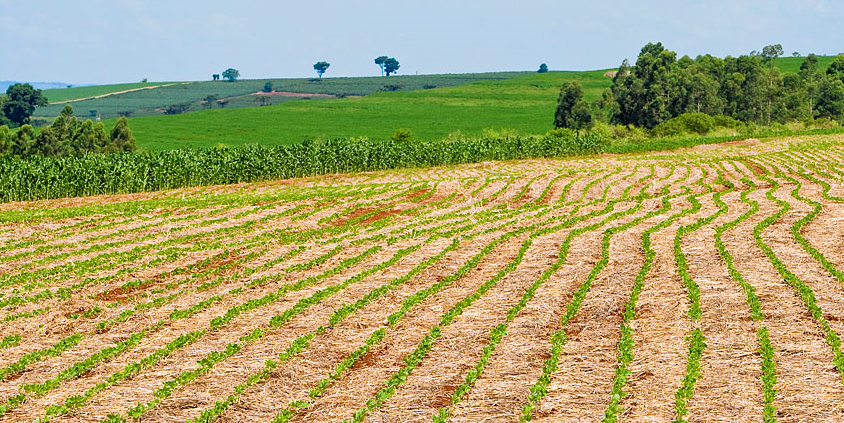During three years of research, the Association of Soybean and Corn Producers of Mato Grosso (Aprosoja-MT) followed the work developed by the Rio Verde Foundation and its researchers in 96 plantations, including 56 sown in December and 40 in February.
It has been observed that subsequent plantings, carried out in February, had fewer Asian rust problems, therefore less fungicide applications and less disease severity, resulting in increased better seed quality.
Photo: Soybean Embrapa
According to plant pathology researcher Laercio Zambolim, the growers who participated in the research ensure that the seeds produced during the February planting are of much better quality than those in December. Another reason for the preference for planting in February is related to the lower expenditure on fungicides to control Asian soybean rust.
Research coordinator Professor Erlei Melo Reis reaffirms that the vacuum will continue to be met even with the expansion of soybean plantations in February.
“This planting proposal in February does not affect the crawl space, but I would like to emphasize that with or without a law, the climate does not allow the development of plants in this period without irrigation”, explains the specialist.
The vice-president of Aprosoja-MT, Lucas Costa Beber, points out that the work of the Rio Verde Foundation shows what was already defended on the ground. “Aprosoja-MT does not want to end the vacuum, it is sacred for the producer, but this change of planting date is a wish of the base of the producers of the State, and it does not enter the prohibitive period “, he emphasizes. .
Satisfied farmers
Rural producers in Mato Grosso commemorate the release of seedlings of grain until February 3 by the Ministry of Agriculture, Livestock and Supply (Mapa). Extending the date is an old desire of farmers who have to save oilseeds every year.
According to Aprosoja-MT, the achievement is important, and to strengthen phytosanitary security in the state, the entity warns about the additional recommendations that producers must respect during sowing in February:
- Sowing in February cannot be done in the soybean mode out of season, that is to say soybean on soybean. The producer must reserve an area specially for this.
- That they be limited to a maximum of 5% of their total area, which is sufficient to meet their needs for their own seeds and to do so in accordance with federal and state legislation.
- Do not sow soybeans in December, except in special and limited cases until 12/15.
- Do not sow in January.
- In the fight against Asian rust, use site-specific fungicides always associated, in admixture, with multi-sites;
- Use cultivars sown in February, always respecting the deadline of 06/15 for harvest, that is to say before the start of the crawl space in Mato Grosso.
The study is coordinated by researchers specializing in plant pathology, Dr Erlei Melo Reis, Dr Laércio Zambolim, Dr Fernando Cézar Juliatti and Dr José Octávio Machado Menten. The research was recently published in a Canadian scientific journal accredited by MAPA.

“Amateur web enthusiast. Award-winning creator. Extreme music expert. Wannabe analyst. Organizer. Hipster-friendly tv scholar. Twitter guru.”
